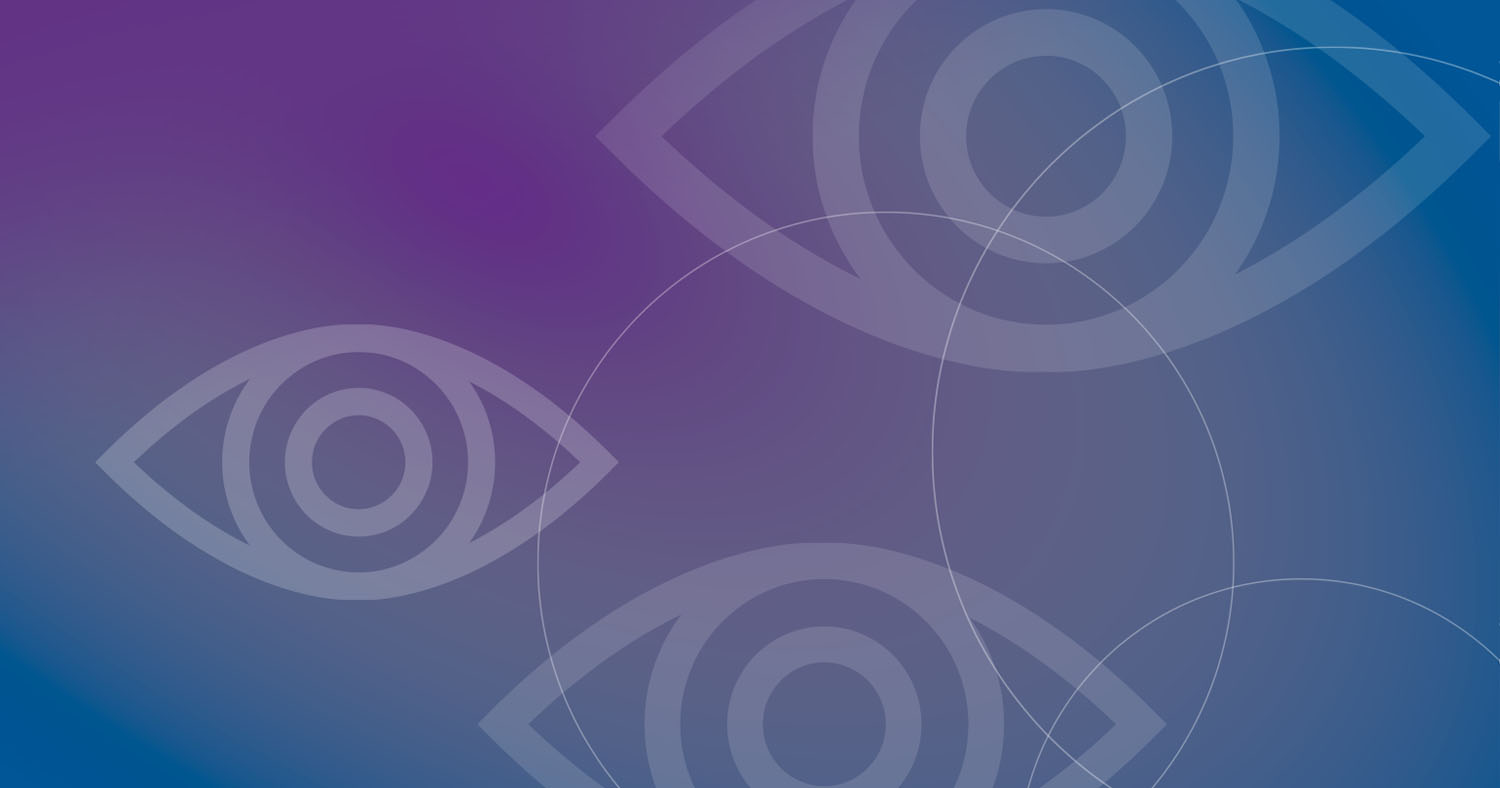Prevent Blindness notes that vision screenings and eye examinations are complementary approaches to assessing eye problems; and are not competing health care strategies. This page will help explain the difference between eye exams and vision screenings.
Vision Screenings
A vision screening (whether conducted by a primary care physician, a school nurse, or in a community-based setting) is not a diagnostic process and does not replace a comprehensive examination by an eye doctor; but it is an appropriate and essential element of a strong public health approach to vision care. The purpose of vision screening is to increase the number of individuals in need of care who ultimately receive comprehensive eye exams and necessary treatment.
What a screening does:
- Identifies subjects at high risk for eye disease or in need of a professional eye examination by conducting screening tests
- May detect disorders in an early, treatable stage
- Provides the public with valuable information and education about eye care
- May result in a referral to an eye care professional or primary care provider
What a screening does not do:
- Diagnose a vision disorder
- Lead to a treatment plan
At Prevent Blindness, we believe that the key to successful vision screening programs is that they be well-designed and properly administered. Otherwise, they fail in their intended role to advance vision and eye health. Prevent Blindness’ screening protocols are developed and regularly reviewed by our advisors, which consists of leading optometrists, ophthalmologists, pediatricians, and PhDs from across the country.
The purpose of a vision screening is to identify vision problems in a treatable stage, provide education, and provide a referral to an eye care provider for a comprehensive eye exam (if needed). The vision screening should be conducted by an individual that has completed a training and certification program from a recognized certifying agency (Prevent Blindness). The screening must include use of age-appropriate, scientifically validated devices/approaches, provide understandable results to the person (or caretakers of the person) being screened, and have a defined follow-up to care component to ensure follow-through on the referral. Further, it is always pointed out during a Prevent Blindness-certified screening that a screening is not an exam and should not be seen as replacing one.
Eye Exams
An eye exam diagnoses eye disorders and diseases and prescribes treatment. A comprehensive eye examination is generally understood to include an evaluation of the refractive state, dilated fundus examination, visual acuity, ocular alignment, binocularity, and color vision testing where appropriate (however, for specifics, we would encourage you to contact the professional associations as their definitions may differ).
Additional Information
Prevent Blindness strongly believes that some children should be directly referred to an eye care specialist for a comprehensive eye examination rather than undergo a vision screening. These include:
- Children with readily recognized eye abnormalities such as a crossed or wandering eye or a droopy eyelid.
- Children with known neurodevelopmental disorders in any area (e.g., hearing impairment, motor abnormalities such as cerebral palsy, cognitive impairment, autism spectrum disorders, speech delay). These children have a higher rate of vision problems than those without neurodevelopmental abnormalities.
- Children with identified systemic diseases known to have associated eye disorders, or those with family histories of a first-degree relative with strabismus, amblyopia, or high refractive error.
- Children whose parents believe their child may have a vision-related problem.


